The Inca Empire was the largest empire in the Americas before the arrival of Columbus. Within Incan culture, human sacrifices were sometimes carried out as offerings to the gods. Child sacrifices were often made in times of famine or before/after important events. The children were taken up to the tops of mountains and killed, or sometimes left to die of exposure (the mountain tops were freezing). This practice was known as ‘capacocha’, and early Spanish settlers mentioned it in their writings. In recent times, preserved remains of some of these children have actually been found by archaeologists. The remains of a child known as ‘Mummy Juanita’ is an example of one of these sacrificed children.
Mummy Juanita was found wrapped in a tapestry by archaeologist Johan Reinhard and his climbing partner in 1995, on Mount Ampato; a dormant stratovolcano in southern Peru. She was around 11-15 years old at time of death, and is thought to have been killed between the years of 1450-1480. Her body was frozen, which led to mummification. Later, two other well-preserved ‘ice mummies’ were found in close proximity to where Mummy Juanita was found. All had been killed by a blow to the head.
Because Mummy Juanita’s body was mummified, her internal organs were so well-preserved that it was possible for scientists to figure out what her last meal had been, even though she died over 500 years ago. She had eaten a meal of vegetables. It was also found that she had suffered from a lung infection shortly before her death. Her skin, hair, clothing and nails were also well-preserved. The tapestry that she had been wrapped in also contained many other Incan offerings; bowls, pins and figurines.
A similar case was found on Llullaillaco, a mountain on the border of Chile and Argentina. Three frozen bodies were found in 1999 by Reinhard and fellow archaeologist, Constanza Ceruti. One of these is known as ‘la doncella’ (the maiden), and her body is amazingly preserved. Here’s some pictures of her:
La doncella was around 15 when she died. She was taken to the top of the mountain and left to die of exposure after being drugged with coca leaves and a type of maize beer. The other two mummies found with her were a young boy and a young girl. The boy was tied up, and died from strangulation, and the young girl was hit by lightning after her death. From testing the hair of the mummies, scientists could determine the diet that the children had lived on, and it was found that the children were fed a rich diet to ‘fatten them up’ before being sacrificed.
While the circumstances of these deaths are sad, these finds have allowed scientists a rare glimpse into the past.
To learn more on this, watch this documentary:






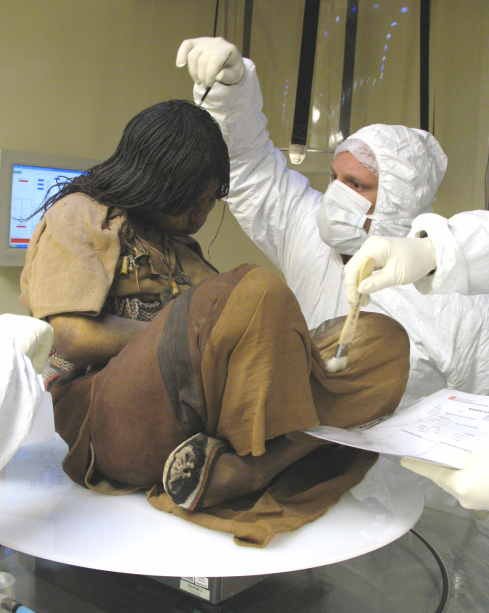
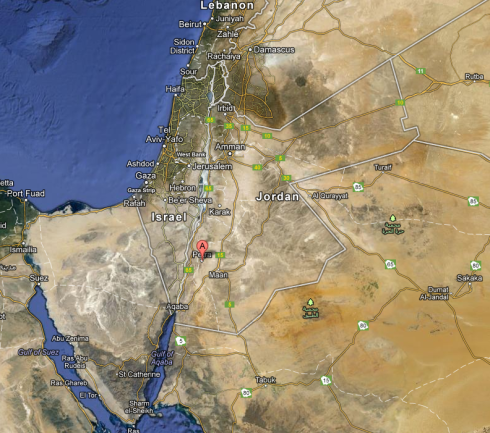










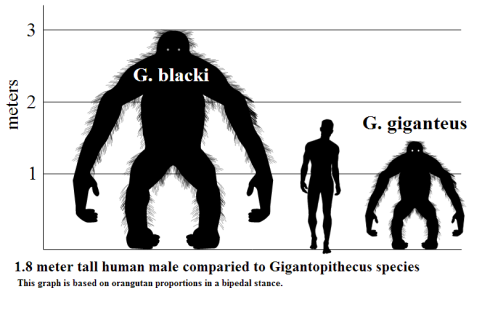


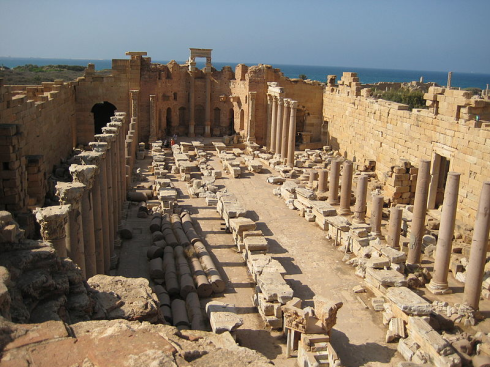








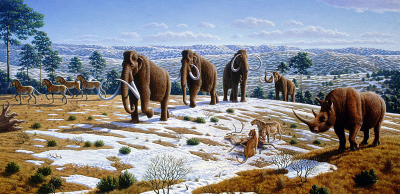





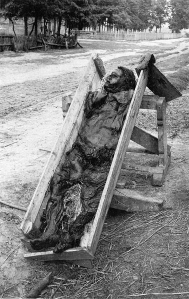





You must be logged in to post a comment.